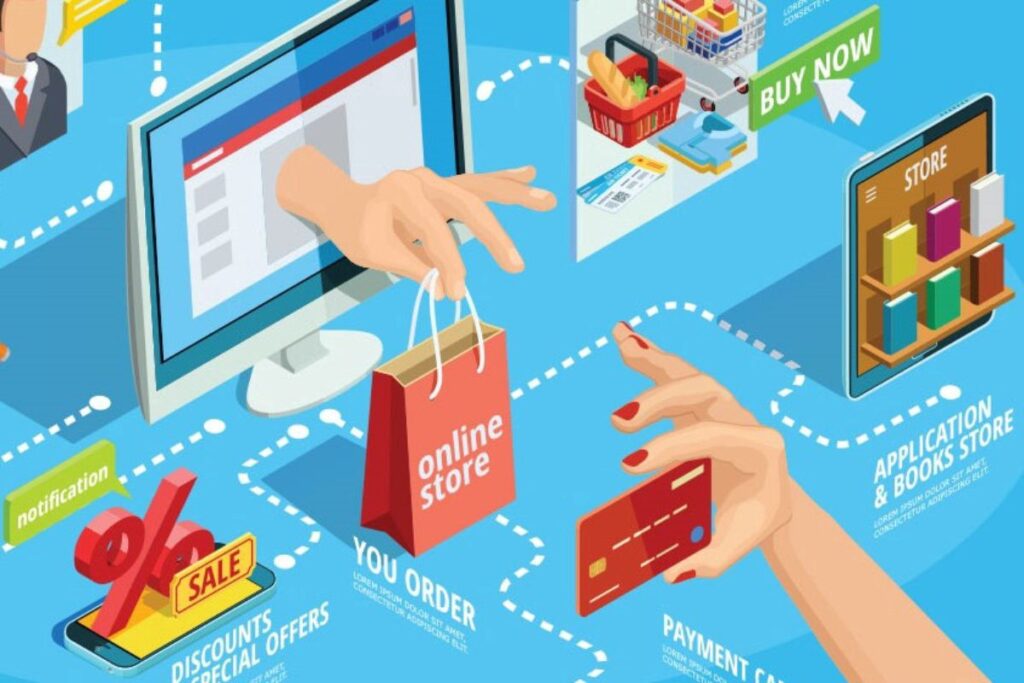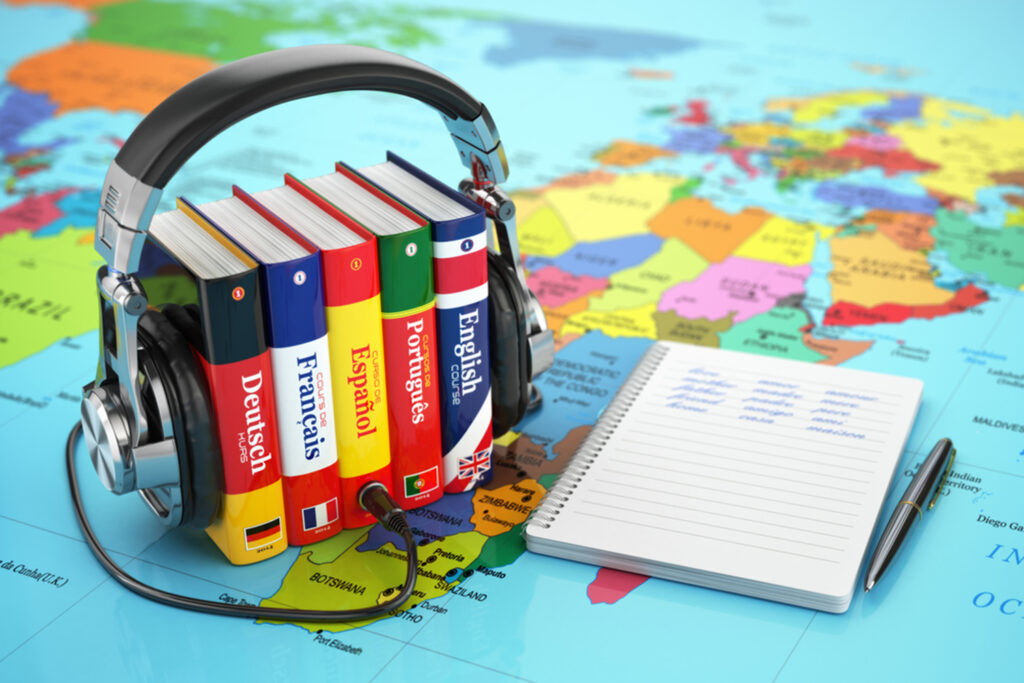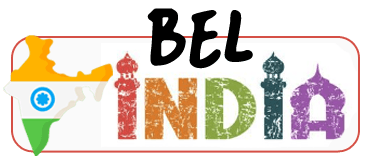The Indian markets online and off are both incredible examples of diversity in culture and language. Across the world, Indian IT people are known worldwide for their skills and production. What is the real power of translation for online work though?
It can be used to reduce competition, to put products and services out in front of tens of millions of viewers, and increase profits when used properly. The question then becomes, how do you use translation and localization to do all that?
Table of Contents
Understanding the role of translation in business

Source: spctranslations.com
It is far too easy to think that translation is little more than changing parts on a machine, merely exchanging one word for its counterpart in another language. According to Ofer Tirosh, owner and CEO of Tomedes, language is much more nuanced and as subjective as it is objective. Anyone who has ever worked for a translation company understands that it is important not just to provide a literal translation but also to ensure that the entire context and meaning at the same time.
These problems are especially prevalent for “live” or simultaneous interpretation services where it is common to be forced to interpret words that have numerous meanings, without any context being given. There are so many words that are polysemous in nature, or words that have many different meanings, that both translation and interpretation services require a comprehensive understanding of both the language pairs.
For example, translate the word “makeup”. It can mean makeup that is applied to the body, maybe to cover up blemishes or other undesirable features. Makeup can refer to the physical composition of something. Makeup can refer to the cute and cuddly part that comes after a temporary breakup. Language is very complex in nature and as such, requires a great understanding of language and meaning.
Localization is not only a feature of language and translation but extends much further than that in terms of e-commerce and marketing in general. Linguistic localization is certainly important, and should not be dismissed by any means.
Linguistic or language localization for marketing must focus on concepts and features that the target market can relate to more directly. The more focused the marketing campaign is, the more specific the localization strategy should be in order to increase returns. This is especially true in international marketing online and starting a successful multilingual marketing campaign.
Localization should also focus in the same manner for marketing materials, including not just language, but local references and even pictures and other visual aids. Any visual materials like pictures, videos, and other marketing content should be fully localized ensuring that it will serve to attract a new audience without potentially alienating anyone due to cultural, religious, or even political beliefs that some may consider offensive.
The importance of all this information becomes readily apparent when looking at the numbers and seeing just how vast the opportunities are to create a successful international and multilingual eCommerce marketing campaign.
Why is Translation Important for Successful ECommerce Campaigns

Source: guardian.ng
In this section, we will look at the languages currently in use on the internet based on a multitude of data available on the W3Techs website where live internet data is listed and updated on a daily basis.
There are only eleven languages that individually comprise more than 1% of all of the content on the internet. It is easy to use translation services and effectively reduce all of your direct and indirect competition by more than 99% if you understand the data and do a little bit of research.
Percentage of Internet Content by Language as of 07 August 2024:
- English 59.9%
- Russian 8.7%
- Spanish 4.0%
- Turkish 3.2%
- Persian 2.8%
- French 2.6%
- German 2.6%
- Japanese 2.2%
- Portuguese 2.0%
- Vietnamese 1.5%
- Chinese 1.5%
That alone should be a sufficient reason to seriously consider the benefits of using multilingual marketing to create a successful eCommerce campaign. It should be substantially easier to rank well on the search engine results page when more than 99% of literally all of your competition is no longer competing.
However, just in case that is not enough incentive for you to seriously consider the benefits of professional translation services to build a successful eCommerce marketing campaign, we will throw in some additional data that should make it worthwhile. After all, what benefit is there to ranking well on the SERP if there are no customers to be found?
Translation, Multilingual ECommerce Campaigns, and Marginalized Markets

Source: medium.com
For this portion of our statement on statistics relevant to international and multilingual e-commerce marketing, we will look at additional data from Internet World Stats and combine that with what we already have in order to show you the real potential of these largely untapped markets.
Here we see that there are approximately 24 languages with more than fifty million speakers and more than 80 languages with more than ten million speakers each. Thus, it should be readily apparent that there are literally tens of millions of viewers with very little content online that is in their native language.
This is especially important as we enter the digital age and more global society, as it has been demonstrated that online shoppers are more than happy to purchase goods and services from foreign vendors. The catch is that they want to view marketing materials, read reviews, watch videos, and be sold in their native language. They also want to have the ability to purchase products in their own currencies according to data from Shopify, an international eCommerce “superstore” for lack of a better description.
So now you should be able to plainly see that yes, you can use translation and localization services to put your products and services out in front of tens of millions of new customers while greatly reducing your competition at the same time. The only question left now is “How do I build a successful multilingual eCommerce marketing campaign?”
How to use Translation and Localization to Build Successful ECommerce Marketing Campaigns

Source: asiaedit.com
- Website Translation Services: Given the recent advances in translation plugins and extensions for eCommerce CMS platforms like WordPress, Joomla, Shopify, and others, it is easy to fall into the trap of using one of these for website translations, but that is ultimately going to be a mistake and should be avoided.
How are people going to find your eCommerce website? Are they going to be searching in one language to find content written in another language? How can the search engines rank your website on the foreign language SERP that is largely devoid of competition, if you do not have any content on your website in that foreign language?
The answer is that these translation plugins and extensions may be convenient, but they have a host of problems that can easily be avoided. Not the least of these is the inability to rank your eCommerce website on the foreign language SERP.
In the early phases of your multilingual e-commerce marketing campaign, it may be sufficient just to translate the major landing pages and other similar pages, but ultimately, it is a more ideal solution to use complete website translations and build multiple sites for the different language translations.

Source: bangkokpost.com
- Multilingual Video Marketing for ECommerce: Video marketing is among the most popular and most successful means of converting viewers into customers. Fortunately, YouTube has made it exceptionally easy to use video transcription and video translation services to create effective, multilingual video marketing campaigns.
Some people will recommend subtitles for video marketing campaigns but once again, this is a bad solution and ultimately will be more detrimental than beneficial. Subtitles are hard-coded into the video file and as such, are limited to a single language, and like the translation plugins, they cannot be indexed by the search engines.
The creation of closed captioning as opposed to using subtitles offers many benefits to help make the video marketing campaign much more successful. Closed captioning or art files are fully indexed by the search engines. This means that your videos will rank well for many more keywords than they otherwise would, as the entire text of the video is indexed.
Add in video translation services and create art files for all of the desired language translations. Now the video will also rank for more keywords in all of the desired languages. Not only will the videos be more prevalent on Google and other search engines, but rank higher on YouTube as well, resulting in your videos being among the “recommended videos” more frequently.
It is also important to create separate channels for all of the individual video translations for each language. YouTube does allow the same video to be uploaded to many different channels without any risk of penalty so this is easily accomplished. Closed caption files should be included in both the original language and the language used in the video translation.
This will ensure that when people are led to YouTube by any of the foreign language search engine results, all of the video content is readily available for them in their own language. If the eCommerce marketing campaign is only conducted with one translation, this will not be an issue, but with so many potential customers, it is difficult to imagine not delving deeper into the international eCommerce markets.

Source: searchenginejournal.com
- Multilingual Social Media Marketing Campaigns for ECommerce: The major social media platforms support a great many languages. That is great for advertising on their platforms, but not really enough to become actively and more directly engaged with the potential customers and the target demographics.
Ideally, you should focus on creating new accounts for these platforms, marking the language translations as the native or default language. Actively seek out popular pages and other areas of these platforms where native speakers of the language gather. In this way, it is possible to establish a very direct and personal relationship with potential new customers.
If there is not anyone who is capable of engaging in conversation, Google translate may help, but it is not very difficult to find a translation company or even a freelance translator who can help to run the foreign language multilingual social media marketing campaign.
If you want to actively expand your e-commerce marketing campaign, it will require work. Nobody is promoting any schemes to get rich overnight, but if you are interested in building and expanding your online empire, it is possible if you are willing to commit to the effort.
Follow the instructions here, and preferably consult a translation agency that provides translation and localization services in order to ensure that there are no errors in the translation and that the localization is in place.
This will also help if the translation company has people who understand the more nuanced language of marketing as well. The most effective language for marketing is highly specialized and even for linguistic localization, the importance of accurate and complete translations should not be dismissed.
All that being said, you should now have a sufficient store of information to ascertain that translation and localization services really can put your products and services out in front of literally tens of millions of under-represented people while greatly reducing both direct and indirect competition.

